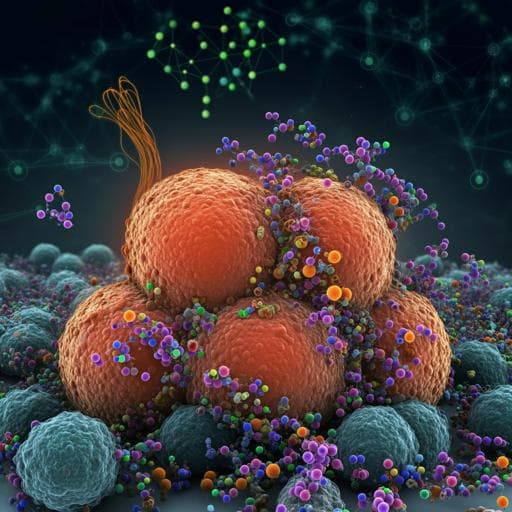
Medicine and Health
Untargeted metabolomics reveals plasma metabolites predictive of ectopic fat in pancreas and liver as assessed by magnetic resonance imaging: the TOFI_Asia study
Z. E. Wu, K. Fraser, et al.
This groundbreaking study, conducted by Zhanxuan E. Wu and colleagues, explores circulating markers for early detection of ectopic fat in the pancreas and liver. Utilizing advanced techniques like MRI/S and untargeted LC-MS, the research identifies promising plasma metabolites linked to fat deposition, offering potential improvements over traditional clinical markers.
~3 min • Beginner • English
Related Publications
Explore these studies to deepen your understanding of the subject.







